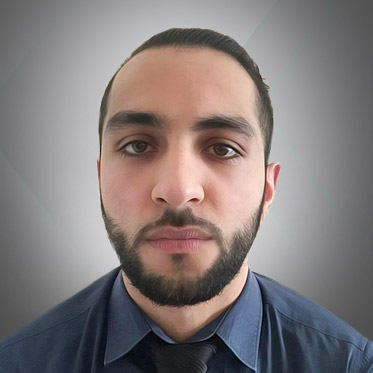Renowned photographer documents Kurdish history through lens

TORONTO, Canada (Kurdistan24) – Nearly 200 academics, students, and distinguished guests attended a presentation by renowned photographer and author Susan Meiselas at Ryerson University on March 30, 2016.
The event provided the audience an opportunity to learn about the process that went into creating Meiselas’ collection of photographs documenting Kurdish history titled Kurdistan: In the Shadow of History.
The six-year project was published in 1997 and reveals snippets of Kurdish history beginning before World War one. Meiselas’ book aims to document the visual history of Kurds, arguably the world’s largest ethnic group without a state.
Her work follows the struggle of the Kurdish people across the Greater Kurdistan. The collection includes Meiselas’ personal work as well photographs gathered from others including Kurds themselves. Her book aims to provide an understanding of how images can be used to help connect past generations and develop identities.
Addressing the audience, Meiselas began by revealing the process that led her to the project in Kurdistan. “I spent about a decade in Latin America, mostly working around human rights issues, and previously only in the US,” she said. “This [project] was a leap on many, many levels.”

The first image Meiselas showed the audience was the TIME magazine cover of the 1991 Kurdish Exodus. “This was the magazine I saw…a story of 180,000 Kurds fleeing from northern Iraq, across the border into Turkey. Refugees, massive migration,” she said.
Meisalas explained that her work in Kurdistan was difficult and it required what she referred to as “stages of the evolution of a process.” She explained that in the beginning, her work involved entering a world documented about but never seen before. The task of gathering and discovering photos, not just photographing them, was another important stage followed by creating a form to present her work and then returning to the region years later.
“We read about places we don’t necessarily go to, but I’ve always felt that I have to go somewhere, to be somewhere to know some place,” she told the audience.
“[For this project], I went to Iran and crossed the border into the area they [the Kurds] had just fled,” she added.
Meiselas offered an insight into her emotional experience while working in Kurdistan. “It’s not that [it] depresses me; if anything, it motivates me to find some other way that continues to find whatever I can contribute,” she said.
Speaking to Kurdistan24 after her presentation, Meiselas revealed a more personal account of her decision to work on the project in Kurdistan. “I am a big believer of instinct,” she said. “What motivates the curiosity, the sense that you can contribute under peculiar circumstances, the path [just] opens up.”
“There was something really powerful for me that a place in time could be seen through so many different perspectives,” she told Kurdistan24. “It was a compelling idea, the more I kind of immersed myself, the harder it was to get out from it.”
In addition to her work in Kurdistan, Meiselas has published several books about human rights issues in South America, particularly the insurrection in Nicaragua.
Reporting by Karzan Sulaivany
Editing by Ava Homa






